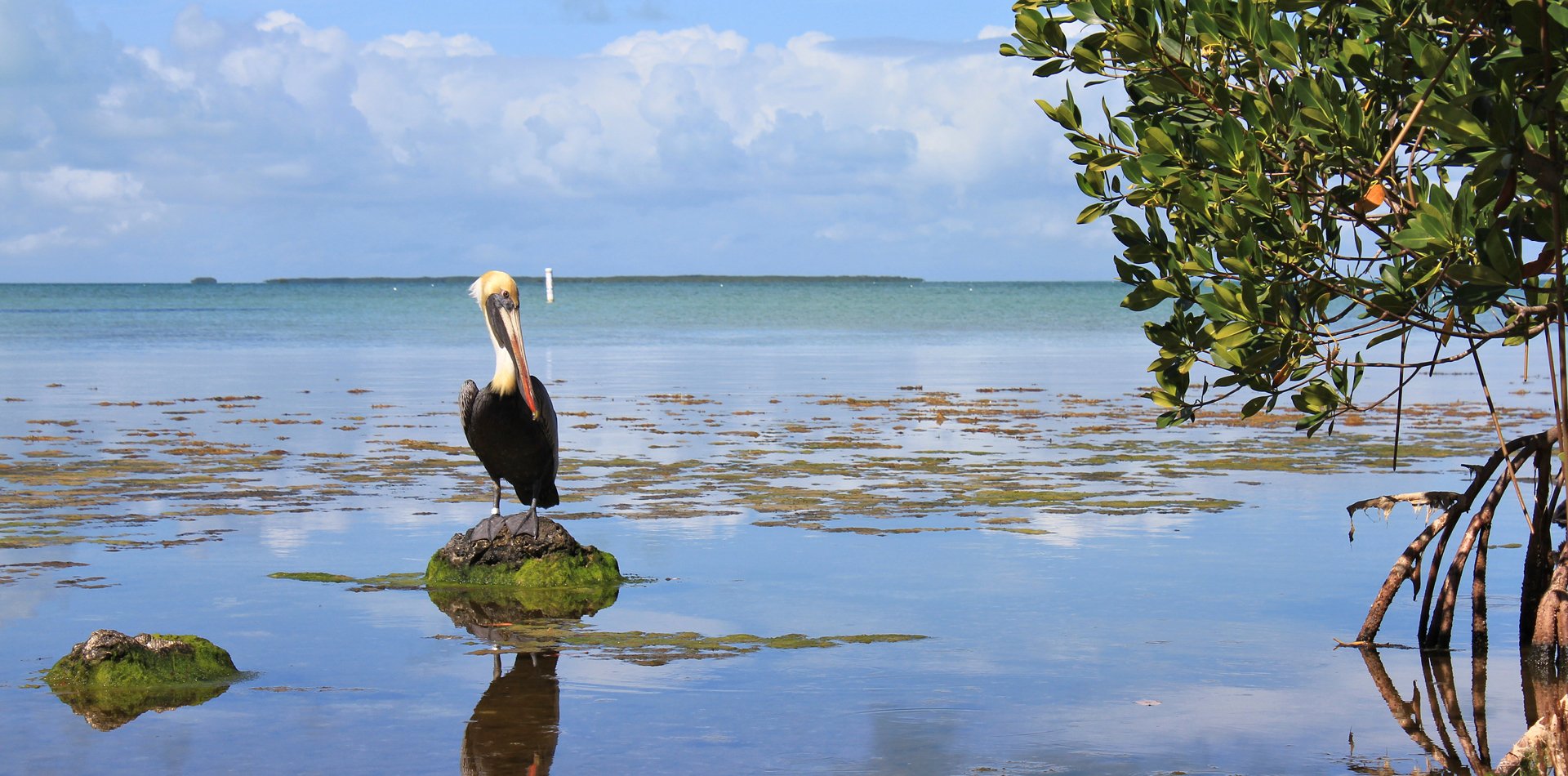ESA is pleased to sponsor, present, and attend this year’s National HCP Coalition 10th Annual...

Florida RESTORE Act State Expenditure Plan
The State Expenditure Plan (SEP) is a major coastal planning document that identifies a wide range of environmental, recreational, and coastal resilience activities to be completed along the Florida Gulf coast from 2019 through 2032.
Why does this project matter?
The health and vitality of the Gulf Coast ecosystem is critical to our national economy. As required by the RESTORE Act (Resources and Ecosystems Sustainability, Tourist Opportunities and Revived Economies of the Gulf Coast States Act) enacted in 2012 to address the aftermath of the disastrous Deepwater Horizon oil spill, each of the five Gulf States are required to prepare an SEP report outlining their plans for long-term coastal habitat restoration.
The projects, which total $439 million, are funded by the Clean Water Act penalties received from each of the responsible parties of the oil spill.
What is ESA doing to help?
This project involved the development of the Florida SEP, including project evaluation; alternatives analysis, stakeholder outreach; budget and sequencing strategy development; and final document production. ESA worked with the Gulf Consortium, an organization of the 23 Florida counties that front the Gulf of Mexico, to prepare the 500-page document.
Divided into four phases conducted over a three-year period, the SEP development process involved extensive coordination with each of the counties as well as technical project development, assessment, and refinement.
After each county identified a list of potential environmental, recreational, and coastal resilience projects, we helped define the technical basis and justification, feasibility, and cost/benefit of each project. Our team also assisted the counties in project refinement by completing a preliminary best-available-science analysis, conceptual design, and budget development.
We developed a project sequencing strategy and program implementation schedule that fairly allocates available funding over the 15-year payout period specified in the RESTORE Act. Finally, ESA conducted an extensive public involvement program that included hosting numerous public meetings and webinars, as well as coordinating document public review and editing with senior staff from the Florida Governor’s office, the Florida Department of Environmental Protection, and the Florida Fish and Wildlife Conservation Commission.
The final SEP includes 69 projects and programs representing a wide range of activities, including septic-to-sewer conversions; stormwater treatment; conservation land acquisition; habitat restoration; living shoreline and coastal flood protection; canal restoration and water quality improvement; artificial reef development and augmentation; and coastal public access facilities including boat ramps and fishing piers.
The Florida SEP has been lauded by the Gulf Coast Ecosystem Restoration Council, and it’s broadly supported by the Florida Gulf coast counties, state agencies, and other stakeholders.
Connect with our team
"The Florida SEP establishes a clear roadmap for a broad range of environmental projects to be implemented along the Florida Gulf coast through the year 2032. It was an honor to be a part of this effort."

News & Ideas
ESA is pleased to announce exciting new additions to the Northwest region as we welcome...
On October 10, 2024, the California Fish and Game Commission accepted the petition to list...
ESA is pleased to present and attend this year’s Bay-Delta Science Conference in Sacramento, California from...
ESA is pleased to announce that Jorgen Blomberg has been selected to lead the firm’s...
ESA is a proud sponsor of the 38th Annual Environmental Permitting Summer School conference. At...







